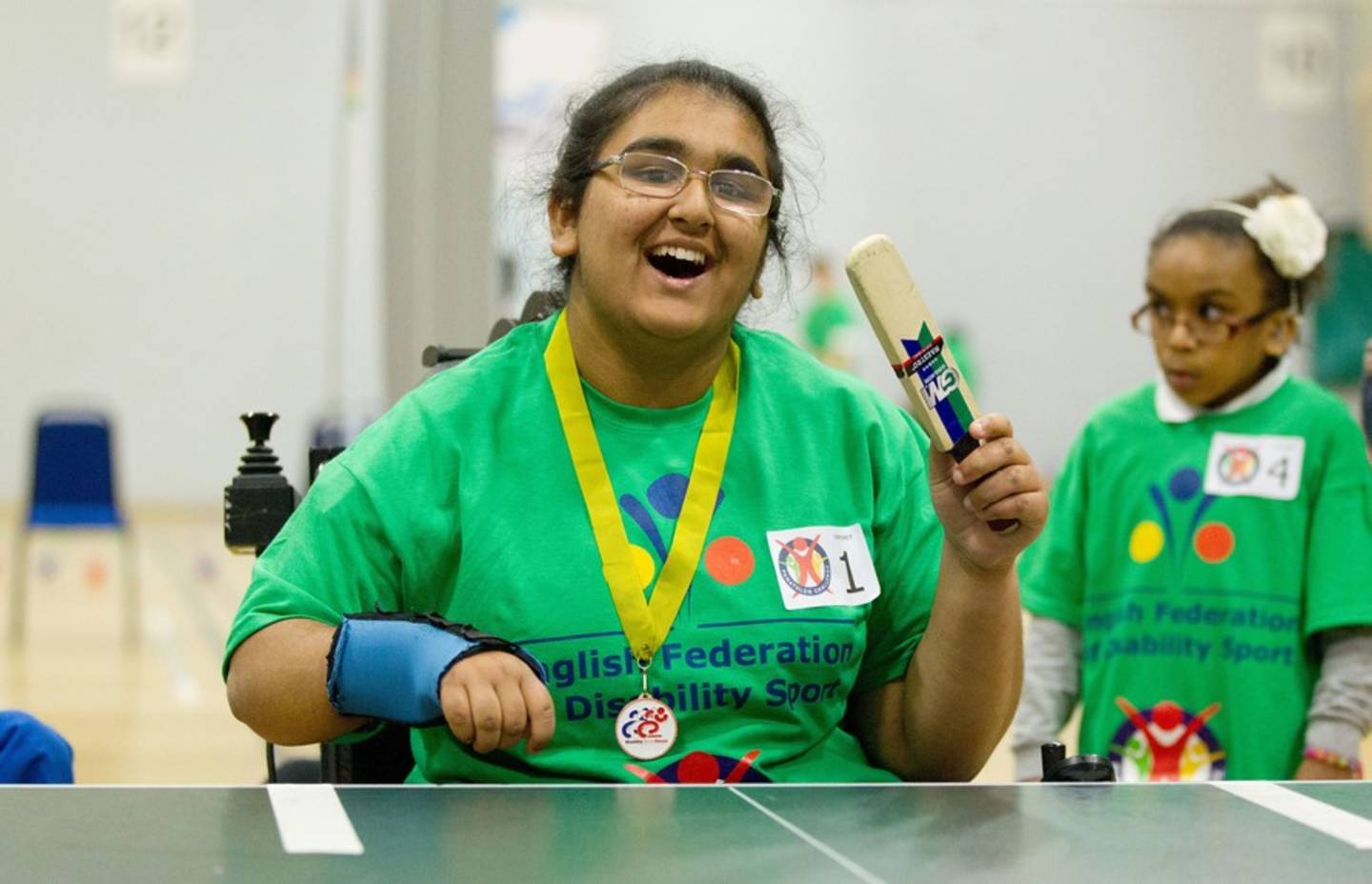Gender gap in attitudes to physical activity for teenagers
Data released today by the Youth Sport Trust and Women in Sport shows a shocking gender divide in attitudes towards physical activity for secondary school aged children.

The survey involved 25,000 girls and boys from 138 schools across England and Northern Ireland. It shows that both boys and girls understand the importance of an active lifestyle, but there is a big disconnect between girls’ attitudes and actual behaviour.
Painful periods, issues with confidence and self-consciousness, the pressure of academic school work, and lack of encouragement from teachers and parents, all hold teenage girls back from being physically active.
The survey data shows:
- Secondary school aged boys (11-16) are happier with the amount of physical activity they take part in and enjoy it more than girls (71% of boys compared to 56% of girls).
- Pressure of school work and low confidence are much bigger barriers to taking part in physical activity for girls than boys (24% of girls compared to 13% of boys).
- Satisfaction with body image for girls declines with age. One in four are unhappy with their body image at 11-13 years and this figure increases to one in three by the time they reach 14-16 years.
- Girls do not see the relevance of the skills they learn in PE to their lives (45% of girls compared to 60% of boys).
The Youth Sport Trust and Women in Sport carried out this survey to better understand girls’ attitudes towards PE and physical activity and the challenges they face in getting active. These insights have been used to improve the sports offering for girls in schools across the UK.
The Girls Active programme developed by the Youth Sport Trust, delivered in partnership with This Girl Can and Women in Sport, and funded by Sport England, involves girls in the design and delivery of PE and physical activity in secondary schools. The programme is already having a huge impact. So far 50,000 girls have been reached in 200 schools with a further 200 soon to join the programme. Girls are consulted and given leadership positions which give them influence over the PE curriculum, making it more appealing and relevant to their everyday lives.
For 14-year-old Gracie Rowe who attends The John Warner School in Hertfordshire, the thought of doing sport and PE used to terrify her. She was overweight and reluctant to participate in any kind of physical activity at that time and her self-confidence was extremely low as a result.
That is until she became part of the Girls Active programme and better understood how physical activity was important in her life. Her PE teacher put together a group for girls with lower participation levels to encourage them to find activities they enjoyed in a safe environment.
Gracie, from Hoddesdon, said:
"Just the very thought of sport used to make me feel bored and uncomfortable. All my friends hated PE just as much as I did and I didn’t used to want anything to do with sport. Now I’m involved with Girls Active, it makes me feel good mentally and physically and I am way more confident and happy.
I feel empowered now to influence other girls who were like me by showing them that there is no limit to what you can do. It doesn’t matter on your size, age or ability level. Start with what you are comfortable with and push those boundaries."
Gracie’s story is just one of many to come out of the Girls Active programme. With an ambition to get 100,000 more girls active by 2018 there are many stories yet to be told.
Ali Oliver, Chief Executive of the Youth Sport Trust, said:
"We want to stop girls from missing out and break the trend in these statistics. In order to achieve this, we are giving more support than ever to schools through programmes like Girls Active. By encouraging girls to be leaders and use the power of friendship, this will help to drive progress. Girls need to be empowered through involving them in design and delivery of PE and physical activities, only by doing this can we change the record and get girls active."
Ruth Holdaway, Chief Executive of Women in Sport said:
"As adults, we should all be ashamed that we have allowed a situation to develop in society where girls disconnect from sport at a young age. Girls are missing out: missing out on the physical health and emotional wellbeing benefits of being active, and missing out on the life skills that sport helps to develop.
We know the gender gap in sports participation starts young and is perpetuated throughout childhood thanks to a lack of understanding of the difference between girls’ and boys’ attitudes towards being active. Our work with the Girls Active programme aims to change all of this. We’re helping teachers to get teenage girls enthused and excited about sport and physical activity. Through the power of sport, we are encouraging and supporting girls to reach their full potential."
Kate Dale, Sport England’s Head of Campaign Strategy, said:
"These statistics break my heart. I want teenage girls to be too busy having fun to worry about their body image, to be too active to waste time thinking about whether or not they should be joining in. This Girl Can has created a community of women who support and encourage one another, sharing their fears and laughing at the barriers that can somehow put us off. The Girls Active programme takes this peer-to-peer support right into schools – making sport and activity relevant and appealing to girls who didn’t think it was for them and turning their ambivalence into advocacy as they get their friends involved too."